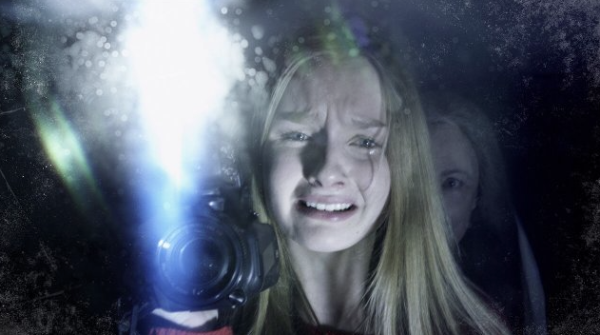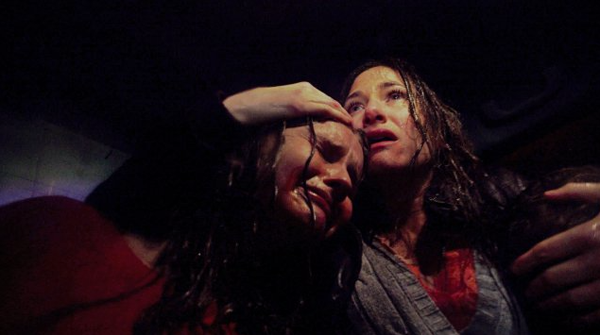
In an interview on NPR’s Planet Money, Jason Blum, head of Blumhouse Productions—the studio behind the Paranormal Activity series, as well as many other frightfully lucrative, low-budget horror flicks—laid out his three rules for making a successful (read: profitable) horror movie: 1) Have as few speaking roles as possible; 2) Use only one or two locations; 3) Pay your crew as little as is legally allowed. This explains the fount of hauntings, possessions, and “purges” that have arisen on screen in this young century, both good and bad, because, for every wildly successful film from Jason Blum, five might flop . . . but he never goes over budget.
It would seem odd, then, that a pairing of M. Night Shyamalan, whose previous feature After Earth cost $130 million and made roughly twice that, with Blumhouse, who allotted Shyamalan $5m to make a modest horror flick about two grandchildren meeting their grandparents for the first time. At one time deemed the second coming of Spielberg, Shyamalan’s films have been growing in budget at a rate proportional to critics’ distaste for his now-predictable overuse of the twist-ending trope and his status as a pop-culture punchline.
The financial constraints do well to reign in Shyamalan’s more excessive imaginings. The Visit’s low-budget conceit of 15-year-old Becca and her 13-year-old brother, Tyler, making a documentary of their visit is quickly overlooked and forgiven on the strength of these two young actors. They each deal with their father-abandonment issues in unique ways: Becca, a precocious aspiring filmmaker, wears her expansive vocabulary like a coat of armor, while Tyler, a Culkin-haired rapper with the nom-de-plume T Diamond Stylus lisps misogynistic verses to cope with his only male role model being an absent jerk.
These two nearly over-charismatic teens are mirror-matched by their extra creepy Nana and Pop Pop, two more characters you can’t take your eyes off of, though you want nothing more than to do so. As the week goes by, the weirdness escalates. Pop Pop puts white plastic bags of something in the shed. Nana runs and crawls around the house at night. By the final day, the kids have had enough and are ready to leave.
It wouldn’t be a Shyamalan movie without at least some kind of reveal and The Visit does not disappoint. Not initially anyway. Under scrutiny, the logic becomes a little shaky, as does the camera and its sometimes too-perfect placement, but by that point the tension has been so expertly wound that any relief is welcome. I guess the real twist is this: given a tiny budget, excellent child actors, and the freakiest Nana in recent memory, M. Night Shyamalan can still deliver on the promise of his early career—i.e. he’s good for a scare.














